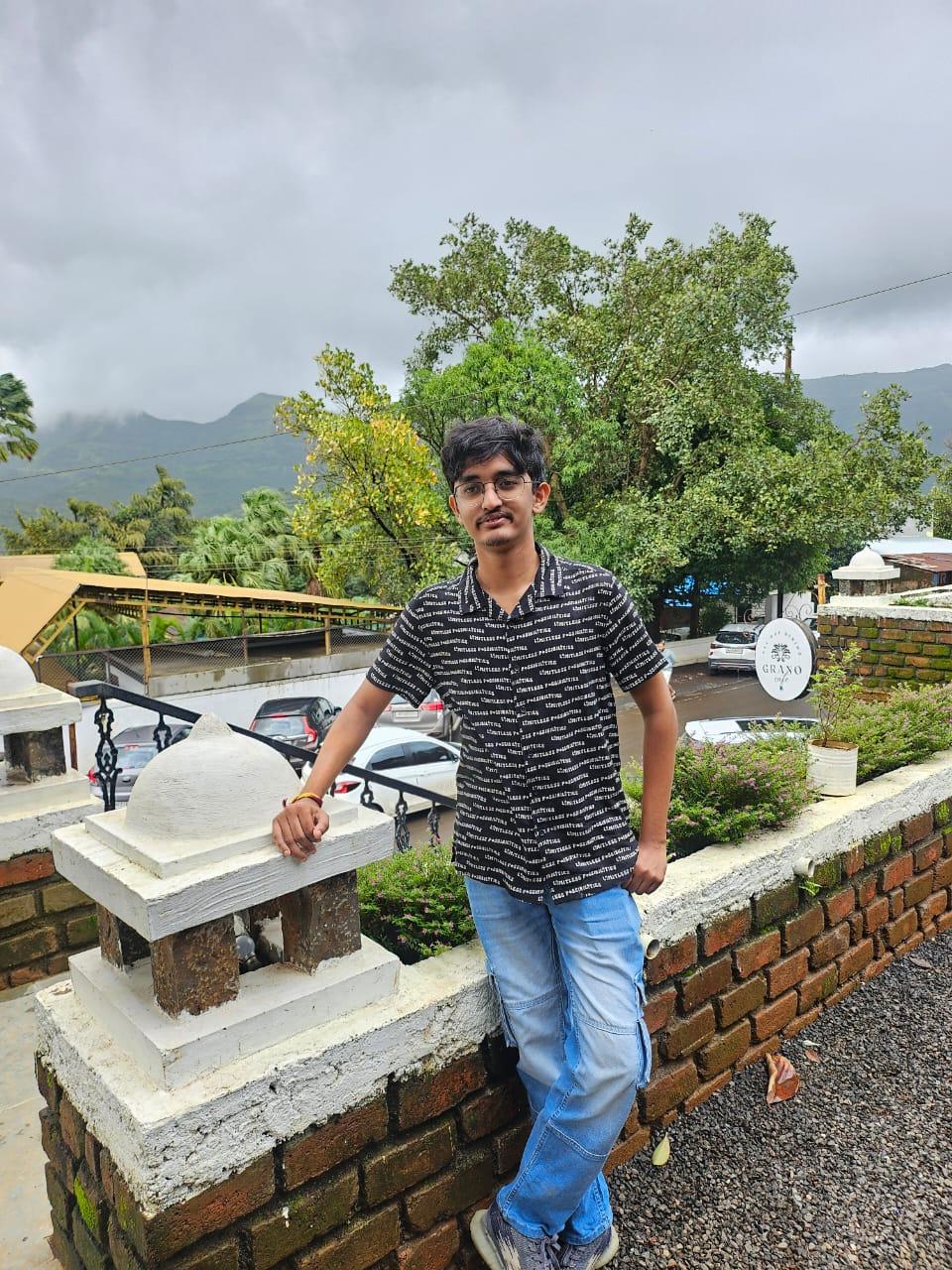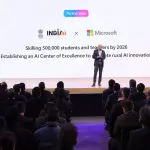In the neon-lit race of India’s quick commerce, every minute matters—or so the prevailing myth goes. But for Akshat Varahagiri, founder and CEO of GrubGo, the real race isn’t on your smartphone screen. It unfolds in the dim backrooms of urban kirana stores, tangled in mismatched inventory, and runs quietly through the veins of India’s local supply chains. Varahagiri is betting that fixing these hidden inefficiencies—not just speeding up deliveries—will truly redefine how cities eat, shop, and thrive.
The Start: Problems You Live, Not Just See
Akshat’s journey with GrubGo isn’t your typical “garage-to-glory” origin story. Instead, it began with a string of frustrating, lived experiences as a city dweller and a technologist.
“I kept seeing how broken urban deliveries really are—not just delays or wrong items, but a deeper disconnect,” Akshat recalls.
His tech background in Computer Science, coupled with a passion for understanding user behavior, made him sensitive to the persisting gap between what’s available at local stores and what consumers find online. Shops bursting with stock, yet “Out of Stock” flashing on customers’ phones—how could both be true?
That “Aha!” moment didn’t send him chasing the next flashy app. Instead, it sparked a deeper shift—a plan to rebuild the city’s supply backbone itself. With technology, live data, and boots-on-the-ground intelligence, Varahagiri set out to quietly re-engineer how urban India moves its goods.
The GrubGo Blueprint: More Than Delivery
So, what is GrubGo? At first glance, it’s a quick commerce platform. But beneath the surface, it’s so much more—a new infrastructure for urban supply, equal parts logistics engine and commerce enabler.
B2C:
Consumers get staple groceries and essentials delivered rapidly, with minute-accurate fulfillment powered by real-time inventory sync and intelligent routing. But this isn’t yet another overlay on messy local supply chains. GrubGo breaks tradition by owning the process—sourcing inventory directly from brands, storing goods in its own network of hubs, and tightly controlling every handoff from warehouse to doorstep.
B2B:
For the city’s backbone—kiranas, cafés, cloud kitchens, offices—GrubGo promises more than just a supply drop. They offer scheduled, predictable bulk deliveries at consistent prices, replacing archaic middleman-driven chaos with digital transparency and reliability.
GrubGo’s ‘dual-rail’ approach—serving both households and businesses from the same controlled stock—removes bloat, reduces wastage, and fosters real, sustainable trust.

Going Against the Tide: Building from the Foundations
While most startups rush to launch, burn cash on customer acquisition, and scramble to patch backend problems, Akshat insists on discipline and depth.
“We did the opposite,” he admits.
GrubGo’s early days were marked by intensive backend testing, real-time order simulation, and hands-on shadowing. No glitzy launch, no ad blitzes—just a laser focus on getting the machine running smoothly before unveiling it to the world.
This patient approach wasn’t glamorous. It meant slow, sometimes frustrating cycles with little to show in terms of traditional startup ‘traction.’ But it paid off: today, GrubGo boasts a robust, scalable supply loop that’s been battle-tested long before its first public orde
Trust and Grit: The True Engine at GrubGo
For Akshat, the biggest hurdle wasn’t technology, but trust—among sellers, customers, and his own team.
“In quick commerce, users expect 10-minute delivery. But even getting the right stock to the right hub on time is a huge challenge.”
Off-the-shelf tools were too slow, imprecise, or simply out of touch with India’s “ground reality.” So they built their own, focusing not on what looked good in pitch decks, but on what worked in busy kirana stores and bustling warehouses.
When doubt crept in—when tech stalled, and progress seemed invisible—it was these real-world visits that renewed Akshat’s resolve. Watching shopkeepers struggle with misfit systems made the invisible mission urgent, and seeing his team’s grit kept him pushing.
“We’re not just building for our sheets; we’re building for people who open their stores at 5AM and still can’t get milk delivered on time,” he says.
Smashing Myths: It’s Not (Just) About Speed
Ask Akshat about industry misconceptions, and he’s quick with an answer:
“Everyone thinks it’s a 10-minute delivery race. That’s just the tip of the iceberg.”
For him, the real challenge is reliability, accuracy, and economics—delivering the right product, at the right moment, with everyone along the chain earning their keep. Most platforms just mask deeper inefficiencies with VC money and marketing, but Akshat’s vision is of leaner, smarter, and genuinely resilient commerce.
Milestones That Matter
GrubGo isn’t splashed across headlines yet. But its early markers—recognition by Startup India (DPIIT), formal registration as a private limited company, and complete backend operational flows—reflect a startup moving with intent, not just ambition.
Each of these achievements is much more than a checkbox. For a tiny, self-funded team working from the shadows, every certification, every working simulation, is proof that the right foundation is being laid.
The 5-Year Vision: India’s Invisible Infrastructure
Where does all this lead?
In the next five years, Akshat wants GrubGo to be the invisible infrastructure powering not just quick commerce, but the entire local business ecosystem in India’s cities.
“We don’t want to be just another delivery app. We want to be the supply layer that makes local commerce work—fast, reliable, and profitable.”
That means scaling city by city, with a network of smart hubs, owned inventory, and a playbook rooted in unit economics—not hype.
Rewriting the Rules for Aspiring Founders
If there’s one piece of advice Akshat swears by, it’s this:
“Don’t build for pitch decks—build for the ground. Obsess over the real problem. Get your hands dirty. Test early and often, and be brutally honest about what’s working. Hype fades. Fundamentals win.”
It’s a call to every founder who’s ever traded rigor for razzle-dazzle, and a reminder that in a world obsessed with app facades, India’s next big leap might just be the invisible engine under our feet.
In the age of quick commerce, GrubGo’s story is a rare reminder: the fastest things in life are only as strong as what powers them beneath the surface. And Akshat Varahagiri is on a mission to rebuild that engine—so the future can finally run, not hobble, towards its promise.










